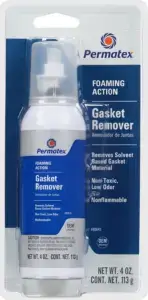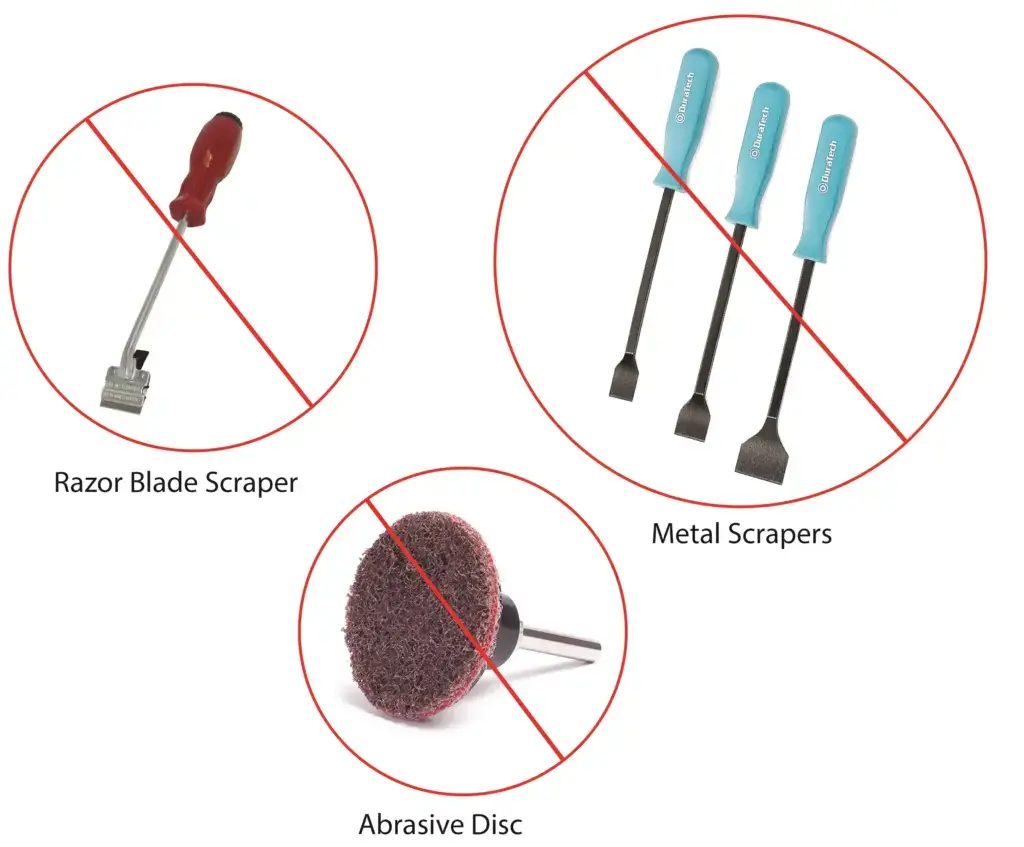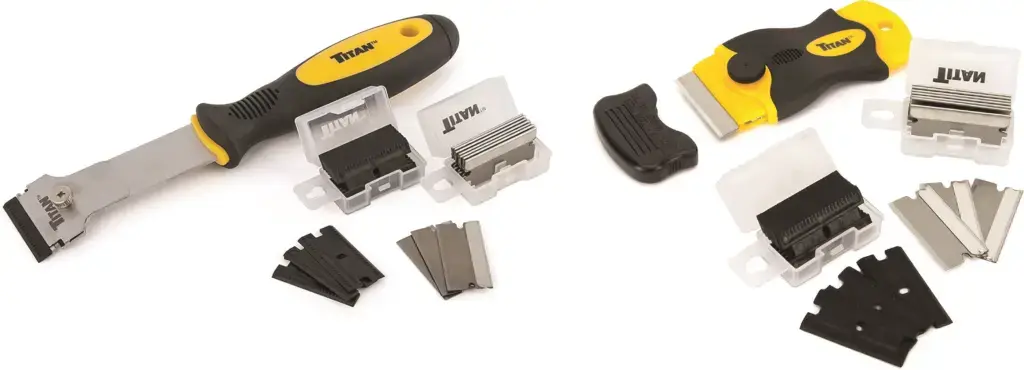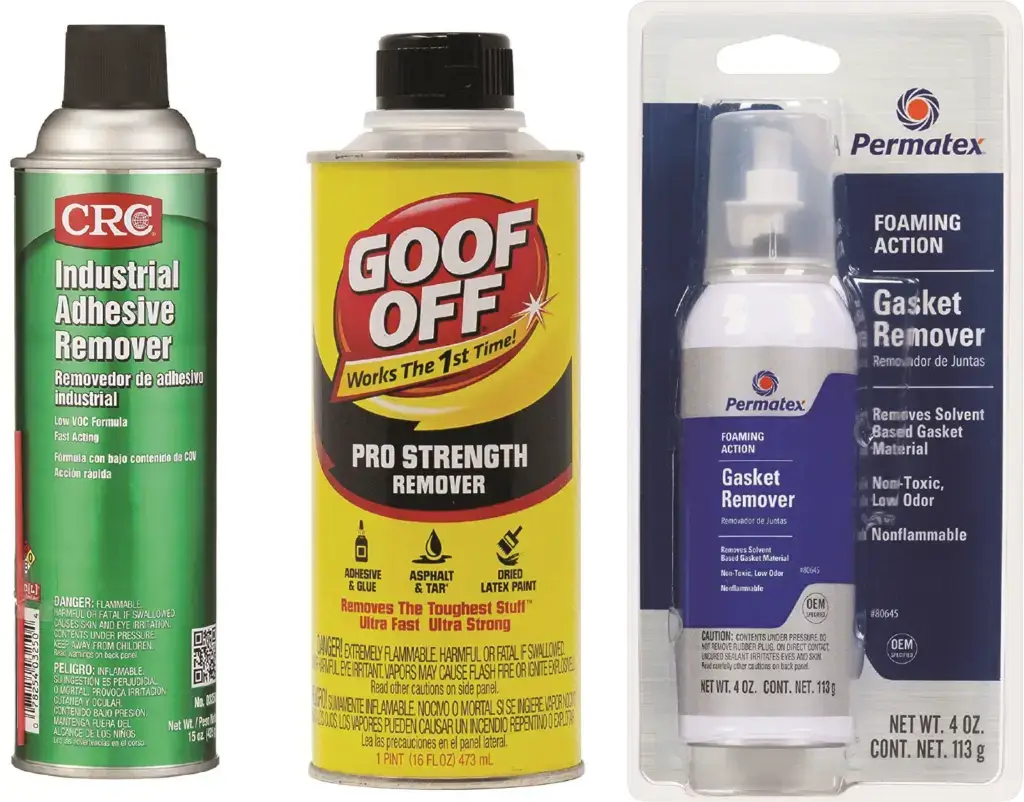How to remove gasket residue
The best techniques to remove gasket reside
Gasket residue and gasket adhesives can be difficult to remove. In the old days you probably used a sharp scraper or even razor blade scrapers, and then you finished it off with a rotary scrubbing disc. Use any of those methods on a modern aluminum engine and you can seriously damage the metals surfaces. In other words, ban all of those from your tool box. Here are the best ways to remove a gasket and gasket residue from a modern aluminum engine.
How to remove paper and rubber gaskets
Use a safety scraper to remove the material
Safety scrapers hold a hard rigid scraper blade that looks just like a razor blade. They’re made from a very hard plastic but they won’t gouge the soft aluminum.
Use the scraper to remove as much material as possible. Then spray the remaining gasket and adhesive with a remover like Permatex or CRC. If you don’t have those, try aerosol electrical contact cleaner, brake cleaner, or carburetor cleaner. Let it soak for at least 10 minutes. Then use the scraper. Repeat as necessary.
Remove RTV gaskets
RTVcan be a bit trickier than ordinary paper because you have to remove all the silicone before applying new RTV. Why? Because new RTV won’t bond well to left over RTV and you’ll have a leak.
Start by spraying the RTV with aerosol electrical contact  cleaner, brake cleaner, or carburetor cleaner. Let it soak. Those cleaners help debond the RTV from the metal, making it easier to remove. Once you remove most of the rubbery RTV, clean off the rest with Permatex or CRC gasket remover.
cleaner, brake cleaner, or carburetor cleaner. Let it soak. Those cleaners help debond the RTV from the metal, making it easier to remove. Once you remove most of the rubbery RTV, clean off the rest with Permatex or CRC gasket remover.
©, 2023 Rick Muscoplat
Posted on by Rick Muscoplat


